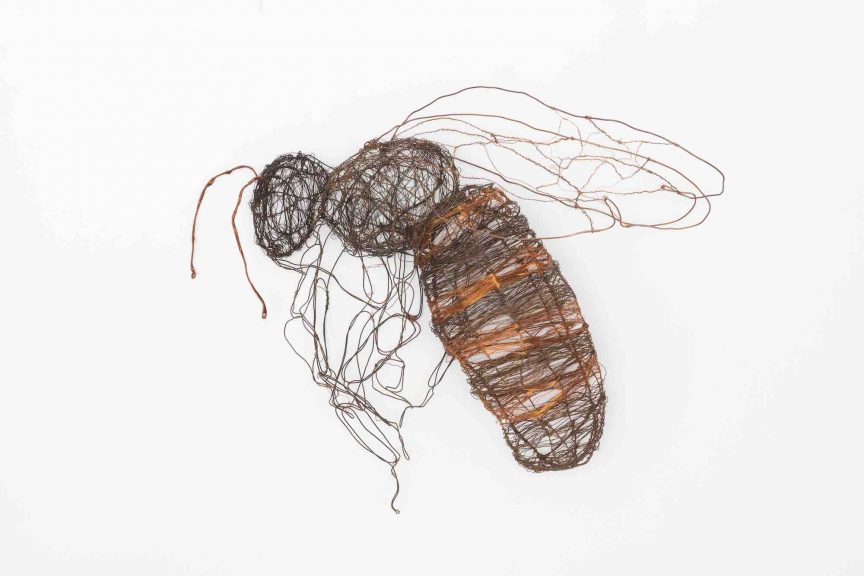Name: Charmaine Lurch
Which came first in your life, the science or the art?
It’s an interesting question because, for me, there has always been a pairing of science and art, the boundaries at times indistinguishable. As a child, I noticed things—I paid attention to small movements, the quality of light, the colour of rock and trees, the soil and water. This made me want to experiment and play with materials and imagine and make things.
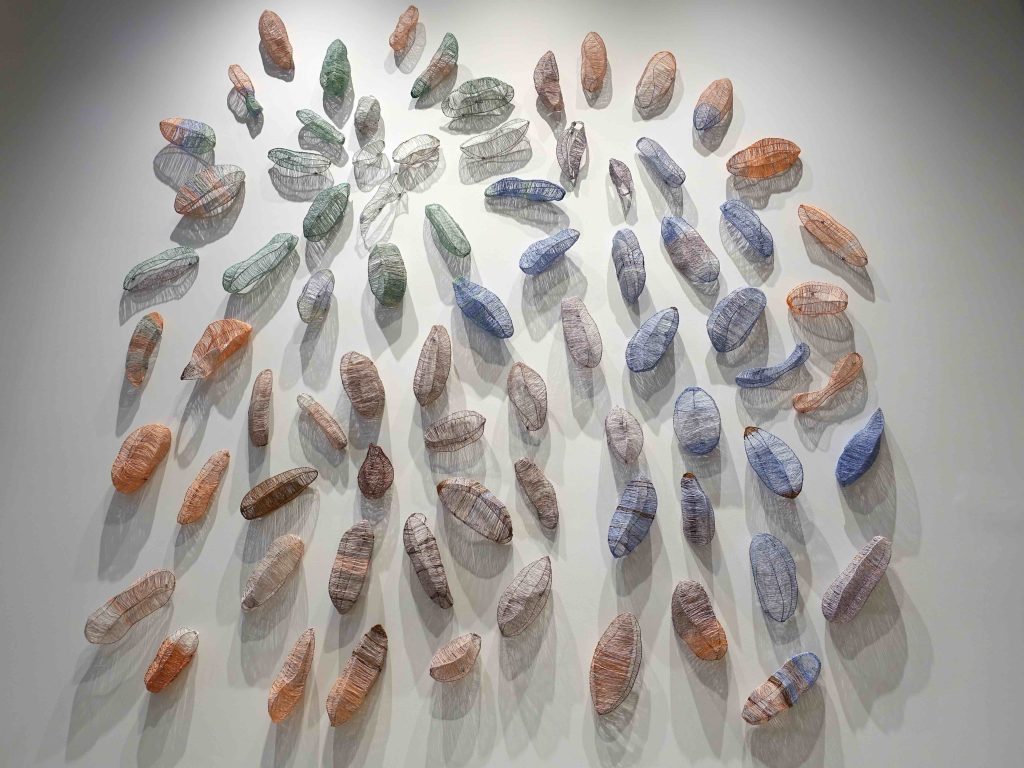

“For me, there has always been a pairing of science and art, the boundaries at times indistinguishable.”
Charmaine Lurch

Which sciences relate to your art practice?
I think about the connections between humans, inner/outer environments, plants and animals, and the spaces we inhabit. Biology, ethnography, entomology, and environmental science all deeply inform my practice. Also fascinating is the micro world. To look closely at microscopic pollen grains and cells is a wonder that leads me to create work that shifts both scale and perspective and reveals things that might move the viewer to take notice.
What materials do you use to create your artworks?
I consider all my materials as textural messengers, be they charcoal, wire, or paint. Wire takes up space, is a drawing in space, and moves through space. The formations I create cast shadows, trace landscapes, and act as a means to mark the interior or exterior of things.

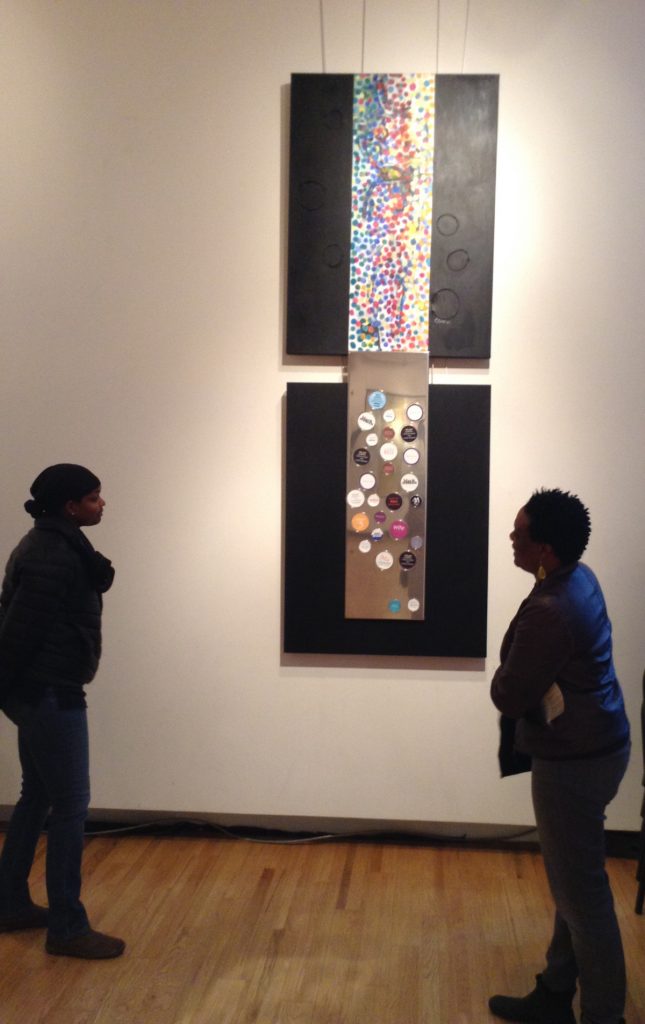
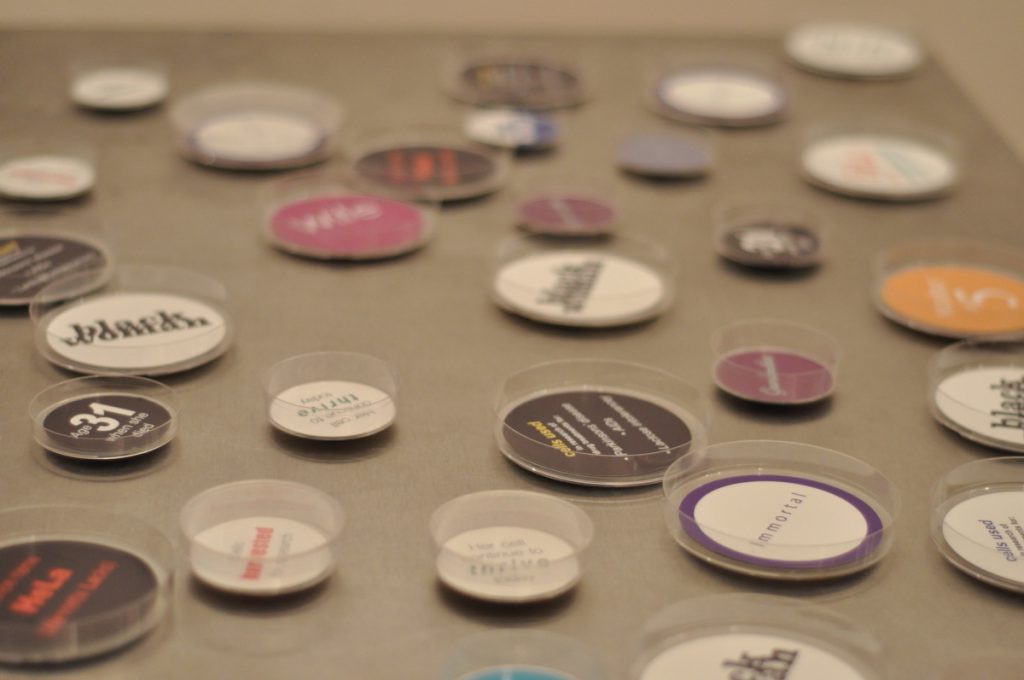
Artwork/Exhibition you are most proud of:
I am most proud of my series Wild Bees (2012 – present). Rendered large, the variety of unique species differences are visualized using coloured wire and other materials that help to create complex wire formations. The invisibility of bees and their critical position in the survival of humans is brought to the forefront by the magnification of their size. Their shadows offer a subtle link to the fragility of the survival of wild bees and the constant threat of bio collapse. My exhibit at Riverbrink Museum in the Niagara-on-the-Lake region in Ontario was a chance to showcase my work exactly as I imagined it to be. Often, I’ve found due to the parameters of the space or funding, it’s hard to fully bring work to fruition. With this show, I was able to expand on previous themes of visibility/invisibility, allowing the viewer a chance to encounter a fly-by of bees, serving to remind us of our interconnections, food production, land, movement and migration, and space and place.
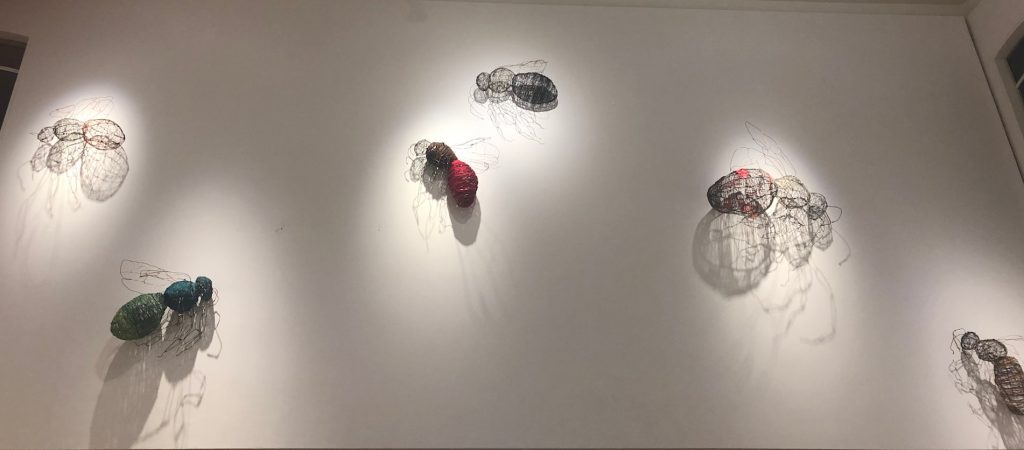
“To look closely at microscopic pollen grains and cells is a wonder that leads me to create work that shifts both scale and perspective and reveals things that might move the viewer to take notice.”
Charmaine Lurch
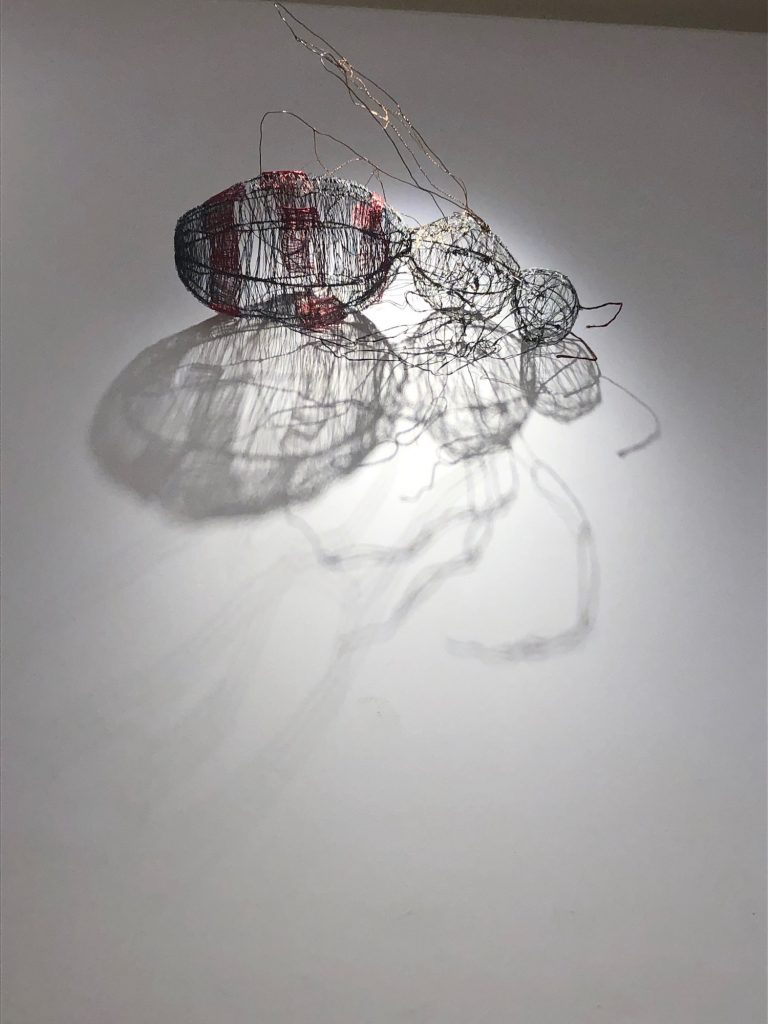
Which scientists and/or artists inspire and/or have influenced you?
Laurence Packer, a melittologist in York’s Department of Biology in the Faculty of Science & Engineering, has been a wonderful resource. His presentations and talks will make you love bees—wild bees, specifically. He has been very generous with his sharing of knowledge and supporting my work. There’s been a lovely collaboration and exchange there. Packer Labs, located at York University, has been a wealth of information and resource for me as I have delved deeper into entomology and all that it holds.
Scholar Katherine McKittrick has also been invaluable to my work. She is a professor of gender studies and cultural geography at Queens University. Her work connecting Black life and movement globally provide nuanced conversations that help me to re-read and examine my thinking and artmaking. McKittrick, in her book, Dear Science and Other Stories, 2021, writes about the materiality of charcoal wood and paint in my work and also the ideas embedded in my drawings.
SciArt is an emerging term related to combining art and science. How would you define it?
I don’t see it as a combination, I just don’t see any separation between the two. Both require careful attention and curiosity.
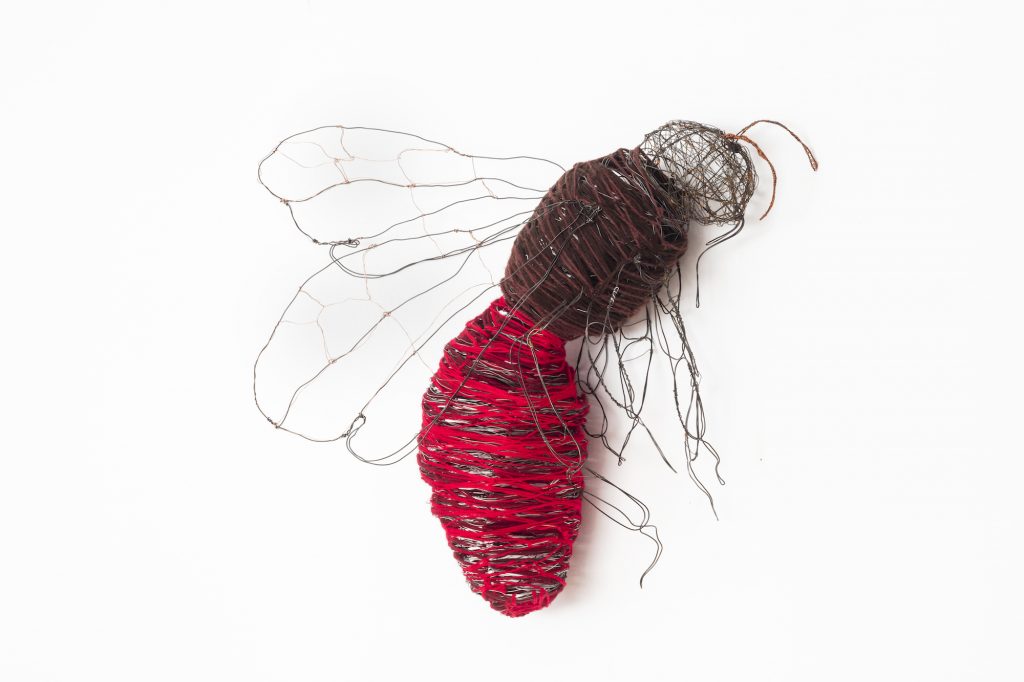
For more by Charmaine Lurch, visit her website, Instagram, Twitter, or Facebook.
Share this Post

